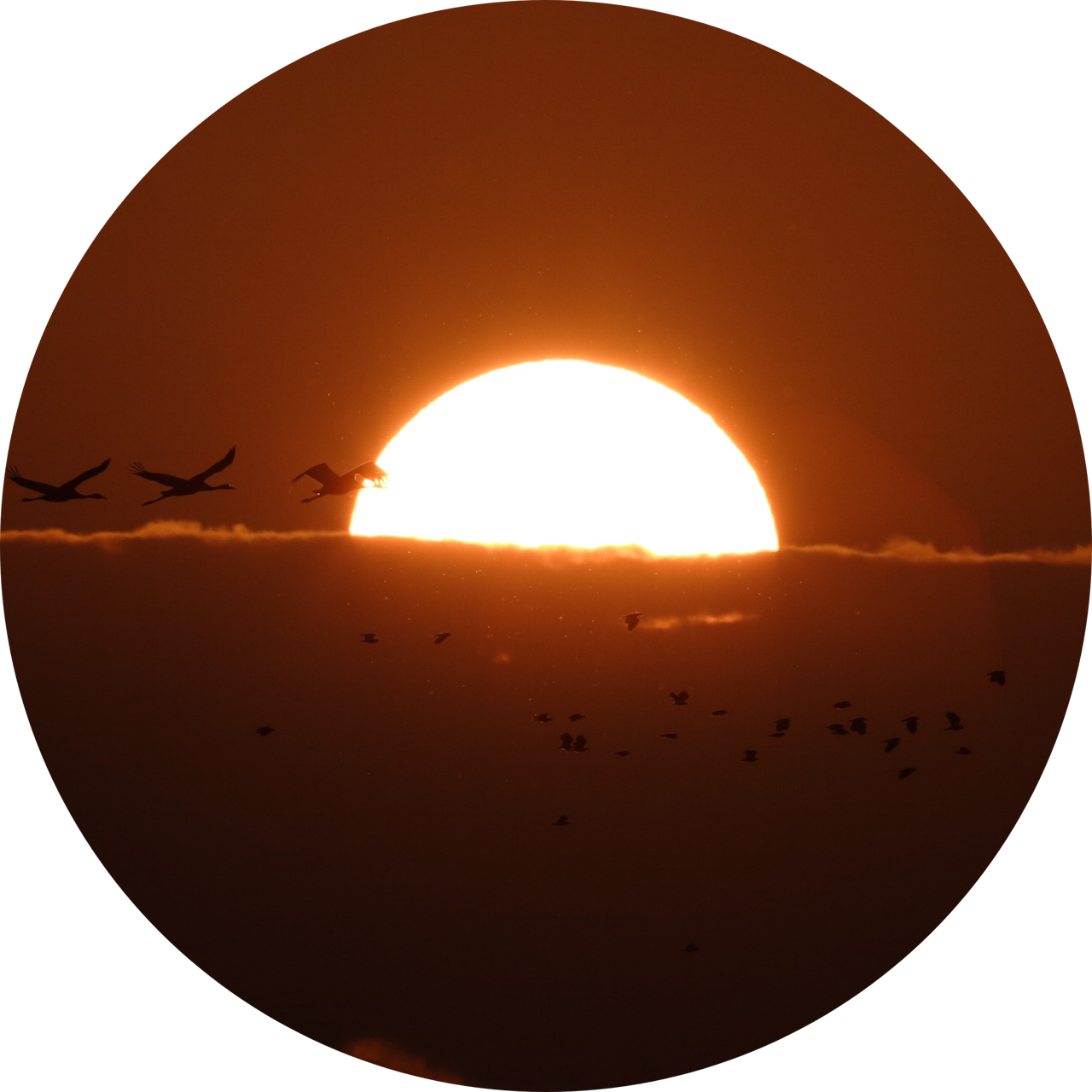I’m fascinated by sound. Not just as a mode of expressing speech or music, but as a tool that we can use to augment environments and even reality itself. This can be as literal as the “sound attacks” that have baffled and even harmed people at the U.S. Embassy in Cuba, or it can be as pseudoscientific as the legendary “brown note,” a frequency that, when played, allegedly causes people to shit their pants.
Irv Teibel specialized in deploying sound in unexpected ways. The late photographer and field recorder was the mind behind the Environments series of LPs, which were early electroacoustic recordings of nature sounds taken by Teibel in fields, forests, mountains, and swamps; as well as records consisting of digital tones, audio from a 1969 “be-in” in Central Park, and the sound of a human heartbeat that was originally marketed as a soundtrack for better sex.
Each Environments piece is unilaterally wonderful and warm and everyone should listen to at least one of them once. Excitingly, the archivists at the Numero Group label recently partnered with Teibel’s company Syntonic Research Incorporated to come out with an app, fittingly called Environments, that compiles Teibel’s work and presents it in a beautiful package consisting of remastered audio, notes on each recording, and photography from Teibel himself.
Often, apps are meant to distract us or siphon micropayments out of our wallets, but Environments wants nothing of the sort. Ever since I’ve downloaded it, I’ve taken to starting one of the audio tracks at random and letting Teibel take over my phone, his photography and field recordings serving as an audiovisual link back to the nature that technology far too frequently works to separate us from.
